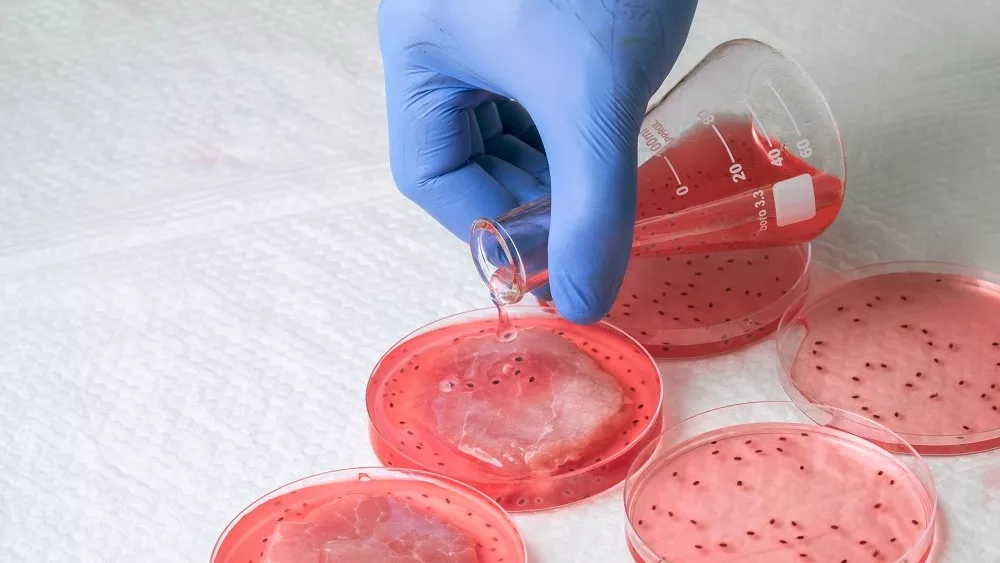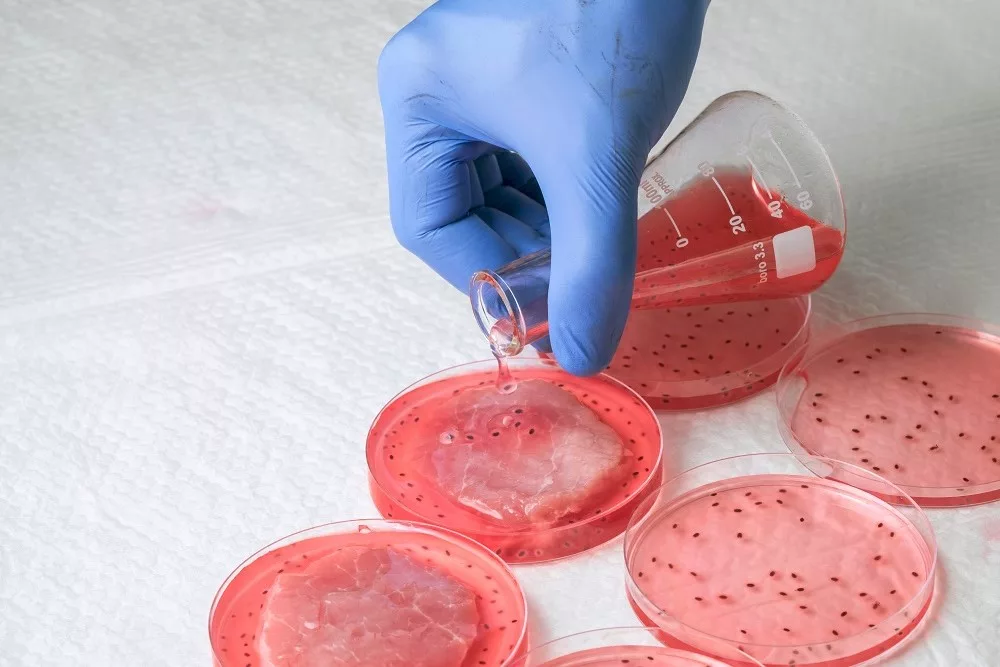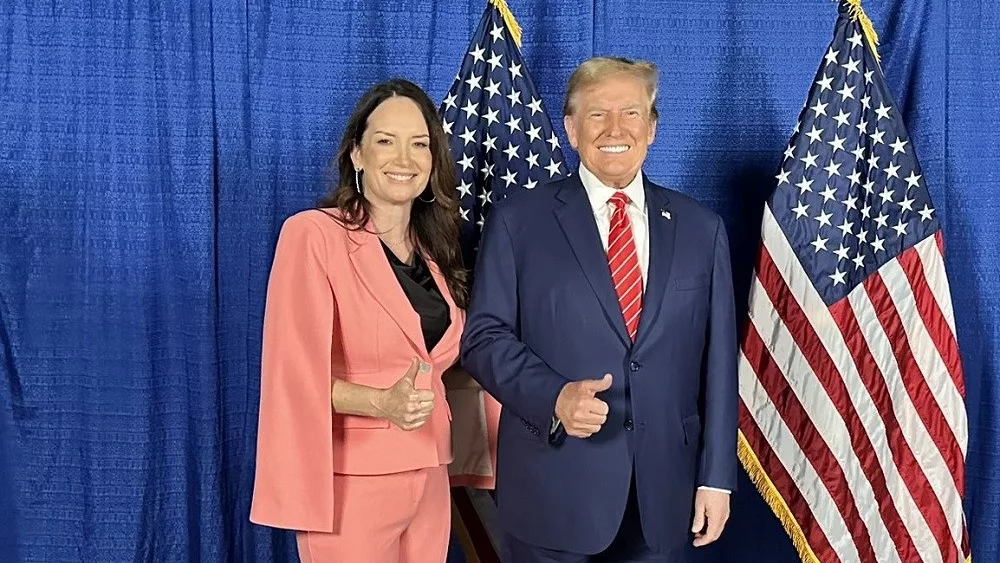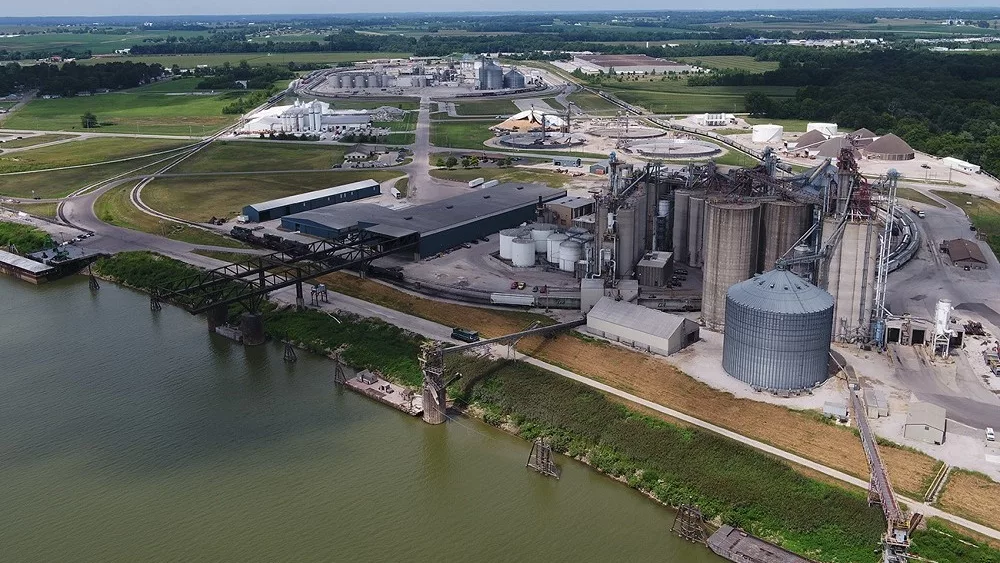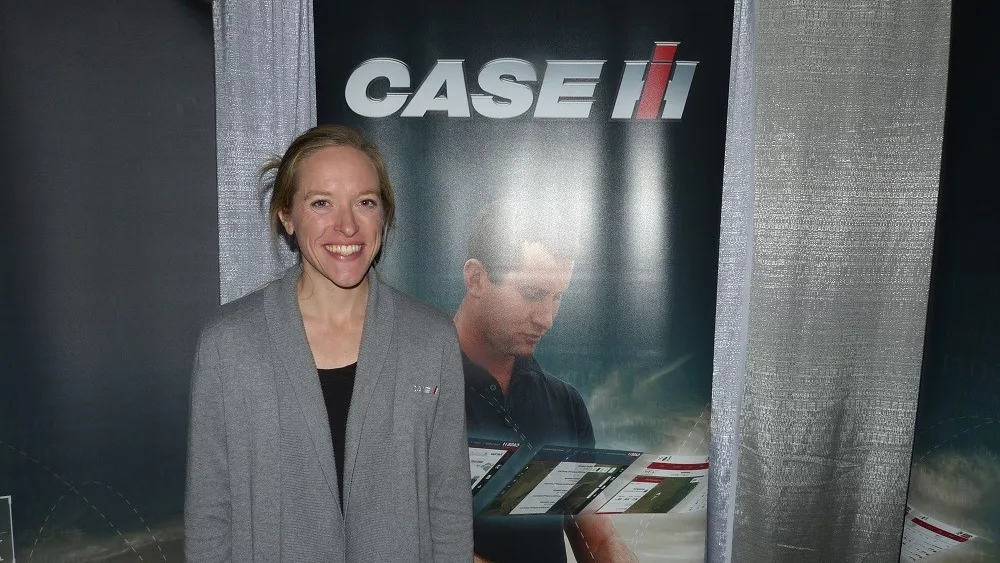By now, we’ve all heard of fake meat, lab meat, cell-cultured meat, cultivated meat—whatever you want to call it, it’s out there. But the question now is how to label the product if it ever hits your grocery store shelves.
During a session on cell-cultured meat at last week’s USDA Ag Outlook Forum in Washington, D.C., an audience member wondered how far labeling will go.
“Are we looking at a future where you’re going to have to have a cultured label and a conventional? And also, are we looking at a point where you may have sales taking from a grass-fed cattle that then can be labeled as a grass fed cell cultured product or a range-free chicken or something along those lines?” he asked. “So, looking way ahead, are we looking at things like that on labels potentially?”
“It depends,” answered Director of Food Policy at Consumer Reports Brian Ronholm, who was a speaker at the session. “From a company’s marketing standpoint, whether they want to go in that direction. But from a consumer standpoint, it would seem to me misleading. Like, sure you’re using cells from an animal that was grass fed or free range, what have you, but ultimately the final product is you have cultivated in a lab.”
Speaker William Hallman, Professor, School of Environmental and Biological Sciences, Rutgers University agreed that there’s a lot yet to be determined.
“I think it’s a really interesting question. Grass fed and free range would be how they’re raised,” he said. “I have questions about Angus and Kobe, and I don’t have an answer to that. I’m going to look to USDA to figure that out, but these are real questions.”

